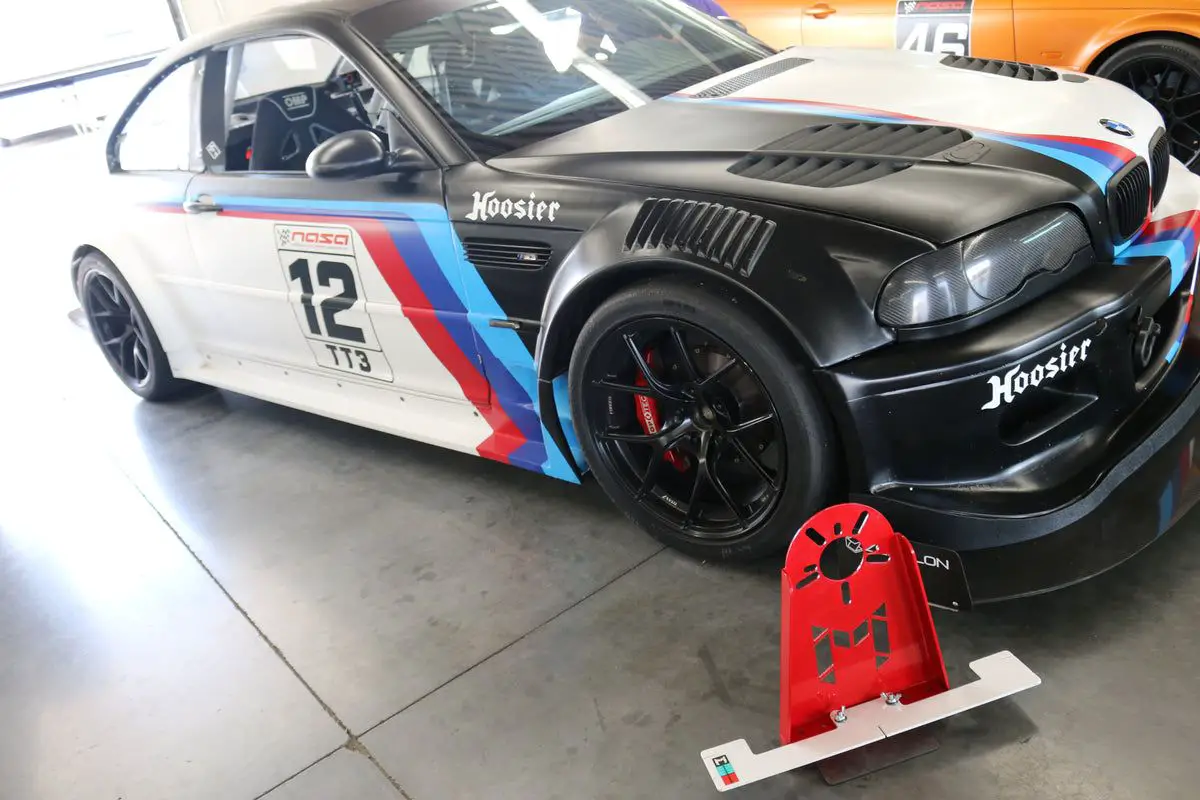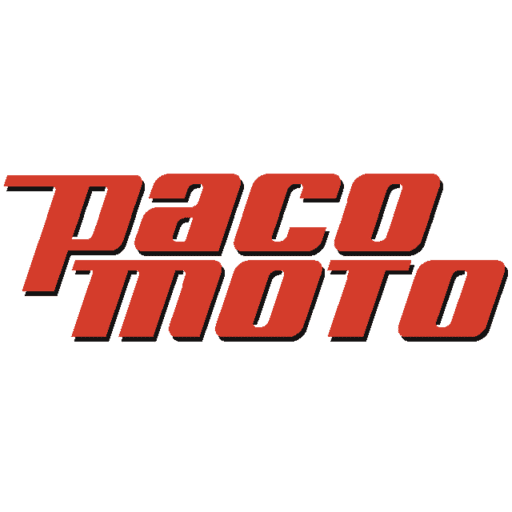I’ve done string alignments from time to time in the past and would like to get a setup that makes it as painless as possible.
Never used hub stands but seems conceptually like a great solution. For those who have used hub stands, are they your preferred method?
Anyone with specific hub stand recommendations?
these are two I’ve found that look decent and are not $5k.

 www.motiveeng.com
www.motiveeng.com
 pacomotorsports.com
pacomotorsports.com
Never used hub stands but seems conceptually like a great solution. For those who have used hub stands, are they your preferred method?
Anyone with specific hub stand recommendations?
these are two I’ve found that look decent and are not $5k.

HS2 Universal Hub Stand
Universal Hub Stand for standard automotive 4 or 5 lug patterns Set of 4 hub stands. Fits 4x95-4x115 patters with a 12mm-1/2" wheel stud. 5x98-5x155 with a 14mm-9/16 wheel stud. These adapters fit most consumer automobiles. Center bore of adapter is 3" (76mm) Includes toe plates, 2 tape...
 www.motiveeng.com
www.motiveeng.comDIY Alignment Hub Stands – Paco Motorsports
 pacomotorsports.com
pacomotorsports.com












